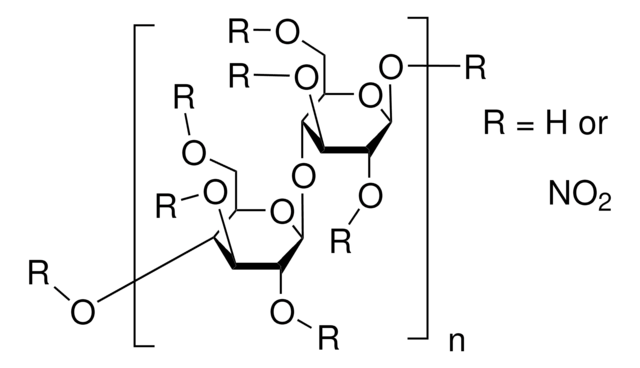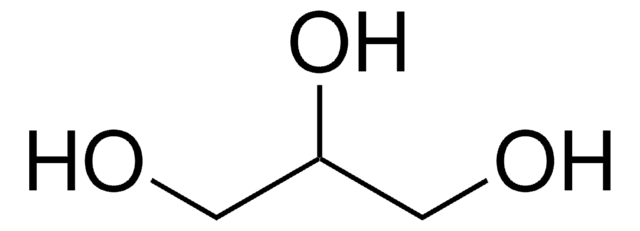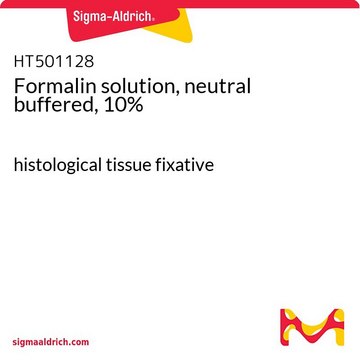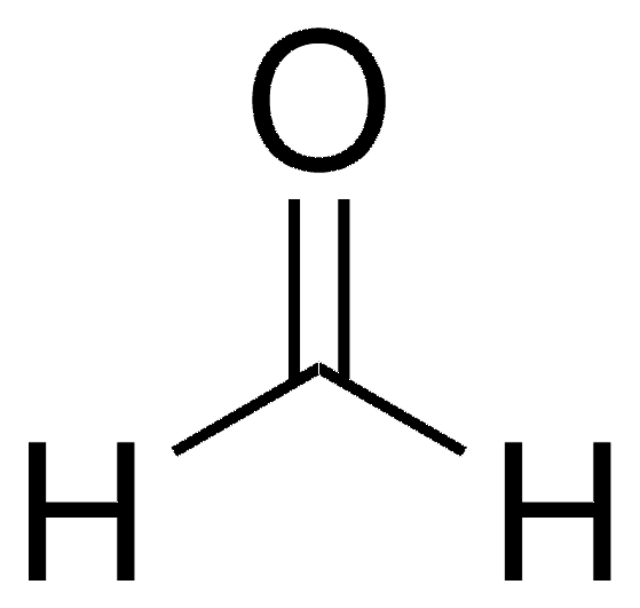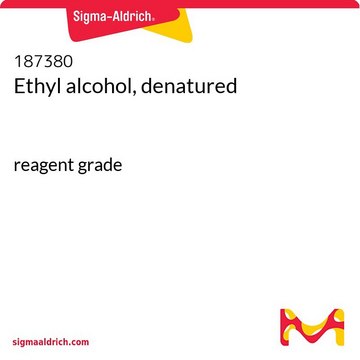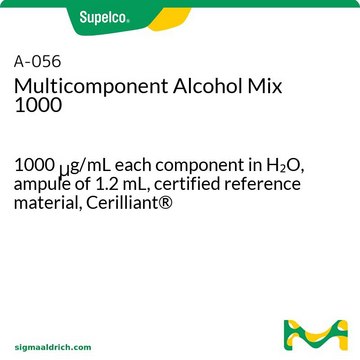09817
Collodion solution
for microscopy, 2% in amyl acetate
Synonym(s):
Cellulose nitrate
About This Item
Recommended Products
biological source
synthetic
Quality Level
grade
for microscopy
form
liquid
concentration
2% in amyl acetate
color
colorless
refractive index
n/D 1.390-1.410
application(s)
hematology
histology
storage temp.
room temp
SMILES string
[N+](=O)([O-])OC3OC(C(C(C3O[N+](=O)[O-])O[N+](=O)[O-])OC4OC(C(C(C4O[N+](=O)[O-])O[N+](=O)[O-])O[N+](=O)[O-])CO[N+](=O)[O-])CO[N+](=O)[O-].O1C(C(C(C(C1CO)O)O)O)OC2C(OC(C(C2O)O)O)CO
InChI
1S/C12H14N8O27.C12H22O11/c21-13(22)37-1-3-5(7(43-16(27)28)10(46-19(33)34)12(40-3)47-20(35)36)41-11-9(45-18(31)32)8(44-17(29)30)6(42-15(25)26)4(39-11)2-38-14(23)24;13-1-3-5(15)6(16)9(19)12(22-3)23-10-4(2-14)21-11(20)8(18)7(10)17/h3-12H,1-2H2;3-20H,1-2H2
InChI key
OWWGYSXLINVAES-UHFFFAOYSA-N
Looking for similar products? Visit Product Comparison Guide
Application
Signal Word
Warning
Hazard Statements
Precautionary Statements
Hazard Classifications
Flam. Liq. 3
Supplementary Hazards
Storage Class Code
3 - Flammable liquids
WGK
WGK 2
Flash Point(F)
100.4 °F
Flash Point(C)
38 °C
Personal Protective Equipment
Regulatory Information
Choose from one of the most recent versions:
Already Own This Product?
Find documentation for the products that you have recently purchased in the Document Library.
Our team of scientists has experience in all areas of research including Life Science, Material Science, Chemical Synthesis, Chromatography, Analytical and many others.
Contact Technical Service